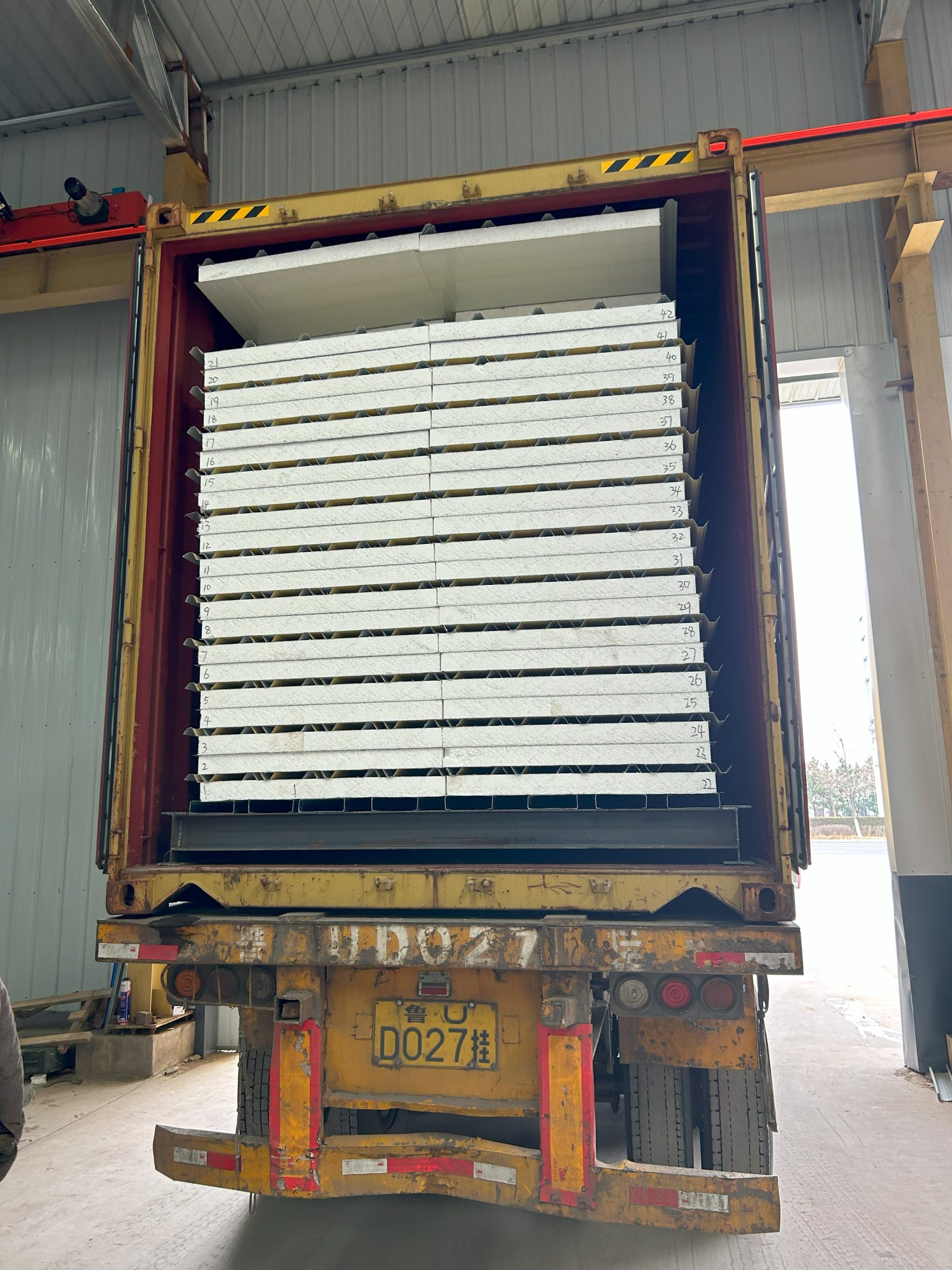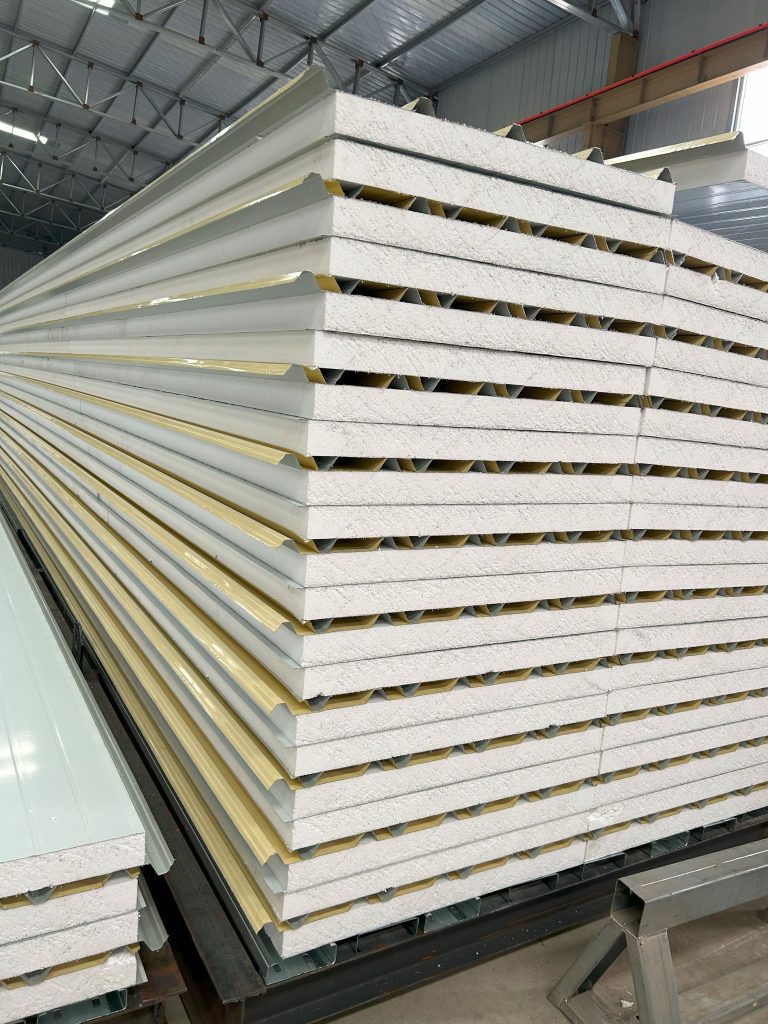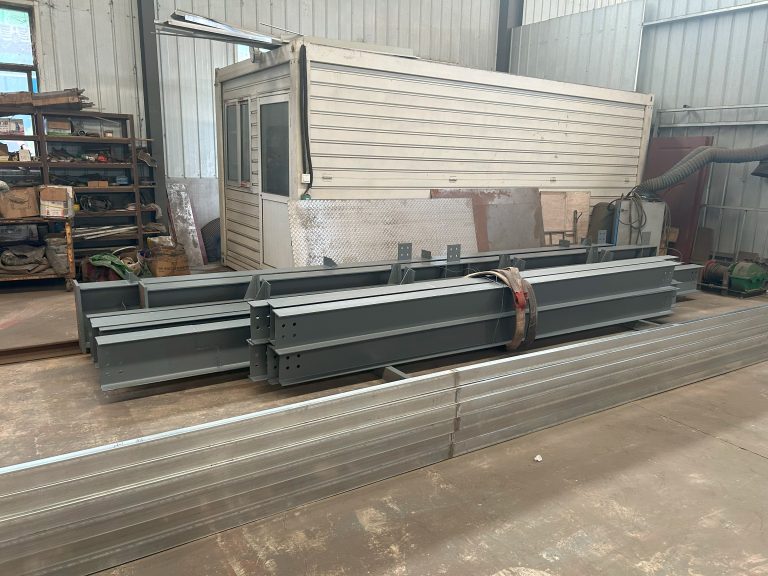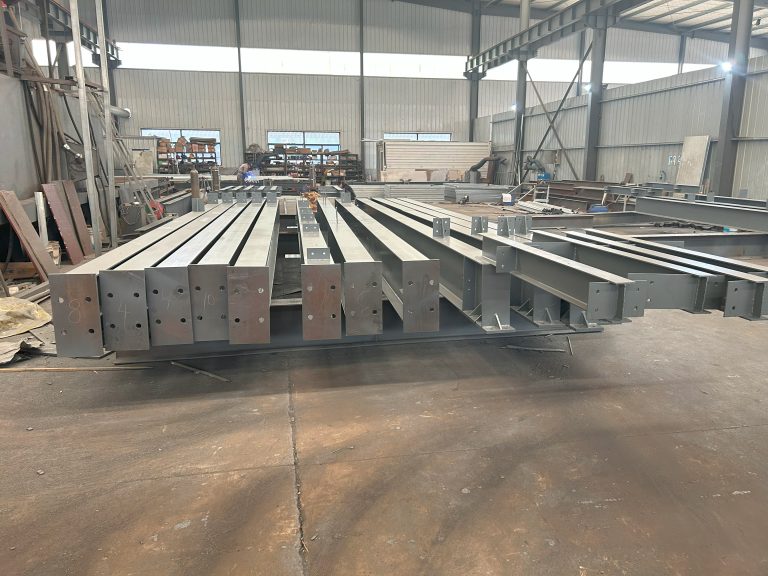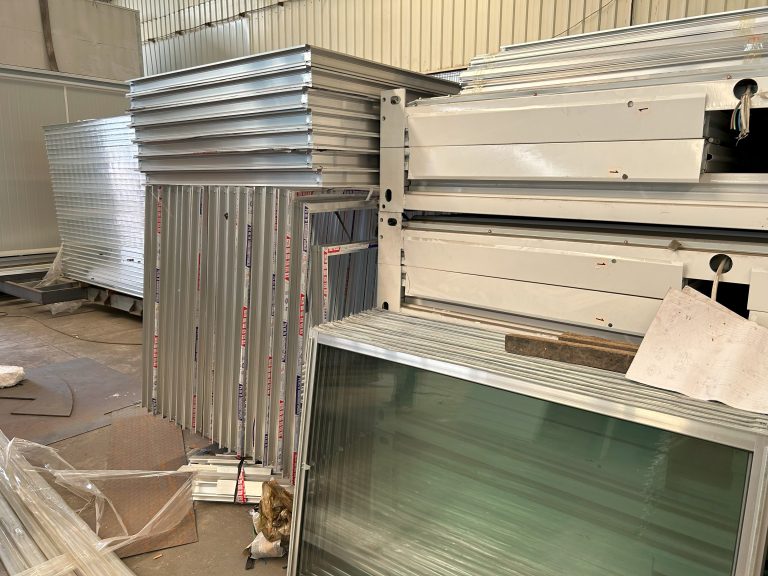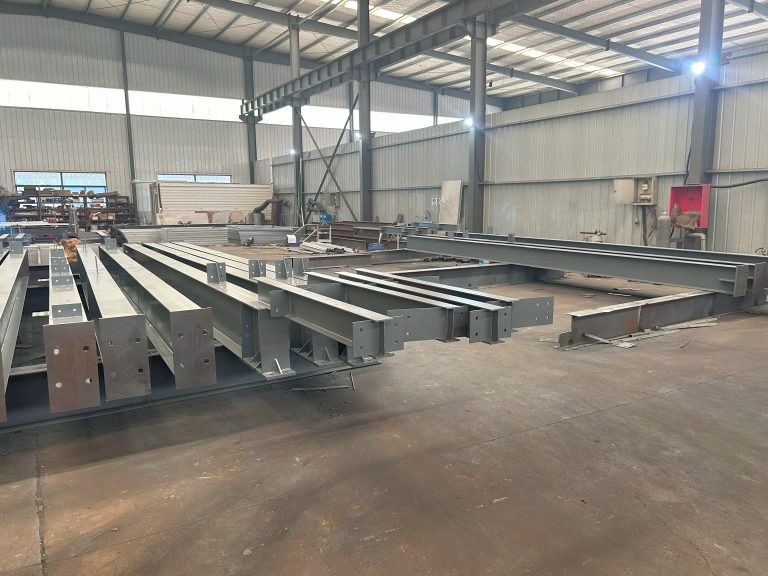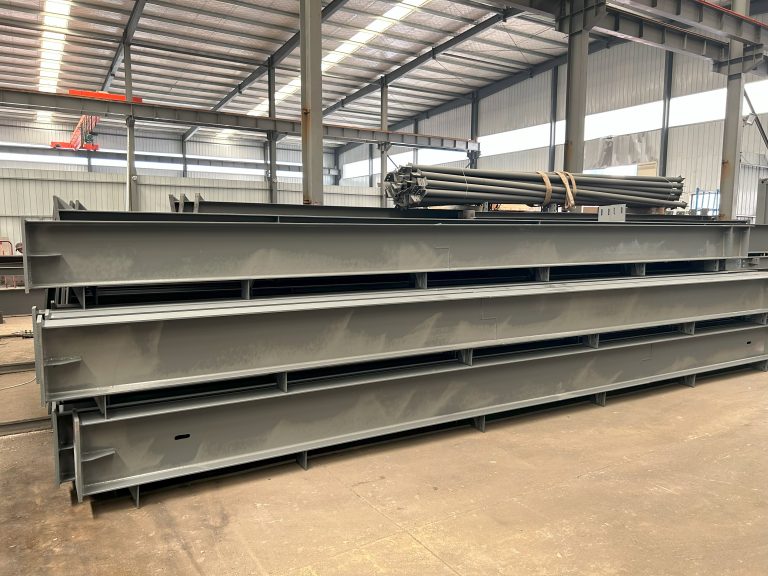Waterproof design and construction of steel structure building
Table of Contents
Benefits of Waterproofing in Steel Structure Buildings
Waterproof design and construction of steel structure buildings is essential for ensuring the longevity and durability of the structure. Steel is a strong and durable material, but it is susceptible to corrosion and rust when exposed to moisture. Waterproofing helps to protect the steel from these elements, extending the lifespan of the building and reducing maintenance costs.
One of the key benefits of waterproofing in steel structure buildings is the prevention of water damage. Water can seep into the building through cracks and gaps in the structure, leading to mold growth, rot, and structural damage. Waterproofing seals these vulnerable areas, preventing water from entering and causing damage. This not only protects the building itself but also the contents inside, such as equipment, machinery, and inventory.
In addition to preventing water damage, waterproofing also helps to improve the energy efficiency of the building. Water infiltration can lead to heat loss in the winter and heat gain in the summer, increasing energy costs for heating and cooling. By sealing the building with waterproofing materials, the structure becomes more airtight, reducing energy loss and improving overall energy efficiency.
Furthermore, waterproofing can help to maintain a comfortable and healthy indoor environment. Water infiltration can lead to high humidity levels, which can promote the growth of mold and mildew. These allergens can cause respiratory issues and other health problems for occupants of the building. By waterproofing the structure, you can prevent moisture buildup and create a healthier indoor environment for everyone.
Another benefit of waterproofing in steel structure buildings is the protection of the building’s structural integrity. Water damage can weaken the steel beams and columns, compromising the overall stability of the structure. Waterproofing helps to prevent corrosion and rust, preserving the strength and integrity of the steel components. This is especially important in areas with high humidity or frequent rainfall, where the risk of water damage is higher.
In addition to protecting the steel structure, waterproofing can also enhance the aesthetic appeal of the building. Water stains, mold growth, and peeling paint can detract from the appearance of the structure, making it look old and worn. Waterproofing helps to maintain a clean and attractive exterior, preserving the building’s curb appeal and value.
Overall, waterproof design and construction of steel structure buildings offer a wide range of benefits, from preventing water damage and improving energy efficiency to protecting the structural integrity and enhancing the building’s appearance. By investing in waterproofing materials and techniques, you can ensure the longevity and durability of your steel structure building, saving time and money on maintenance and repairs in the long run. Waterproofing is a crucial aspect of building design that should not be overlooked, as it plays a key role in the overall performance and lifespan of the structure.
Best Practices for Waterproof Design in Steel Structure Construction
Waterproof design is a crucial aspect of constructing steel structure buildings. Without proper waterproofing measures in place, these buildings are susceptible to water damage, which can compromise their structural integrity and longevity. In this article, we will discuss the best practices for waterproof design in steel structure construction.
One of the key considerations in waterproof design is the selection of materials. When it comes to steel structure buildings, using high-quality, corrosion-resistant materials is essential. This includes using galvanized steel for the structural components, as well as high-quality sealants and coatings to protect against water infiltration. Additionally, choosing the right type of insulation and roofing materials can also help prevent water damage.
Another important aspect of waterproof design is proper drainage. Ensuring that the building has adequate drainage systems in place is essential for preventing water from pooling on the roof or around the foundation. This can be achieved through the installation of gutters, downspouts, and proper grading around the building to direct water away from the structure.
In addition to materials and drainage, proper waterproofing techniques are also crucial in steel structure construction. This includes applying waterproof membranes to the roof and walls, as well as sealing joints and penetrations to prevent water infiltration. It is also important to regularly inspect and maintain these waterproofing systems to ensure they remain effective over time.
When it comes to designing a waterproof steel structure building, it is important to consider the unique challenges that these buildings face. Steel structures are more susceptible to corrosion and rust, which can be exacerbated by water exposure. Therefore, it is important to take extra precautions to protect against water damage, such as using corrosion-resistant coatings and sealants.
In addition to protecting against water damage, waterproof design can also help improve the energy efficiency of steel structure buildings. By preventing air and water infiltration, waterproofing can help reduce heating and cooling costs, as well as improve indoor air quality. This can lead to a more comfortable and sustainable building environment for occupants.
Overall, waterproof design is a critical aspect of constructing steel structure buildings. By using high-quality materials, proper drainage systems, and effective waterproofing techniques, builders can ensure that their buildings are protected against water damage and corrosion. This not only helps to extend the lifespan of the building but also improves its energy efficiency and overall performance.
In conclusion, waterproof design is an essential consideration in steel structure construction. By following best practices for materials, drainage, and waterproofing techniques, builders can ensure that their buildings are protected against water damage and corrosion. This not only helps to maintain the structural integrity of the building but also improves its energy efficiency and sustainability. By prioritizing waterproof design, builders can create durable, long-lasting steel structure buildings that provide a safe and comfortable environment for occupants.
